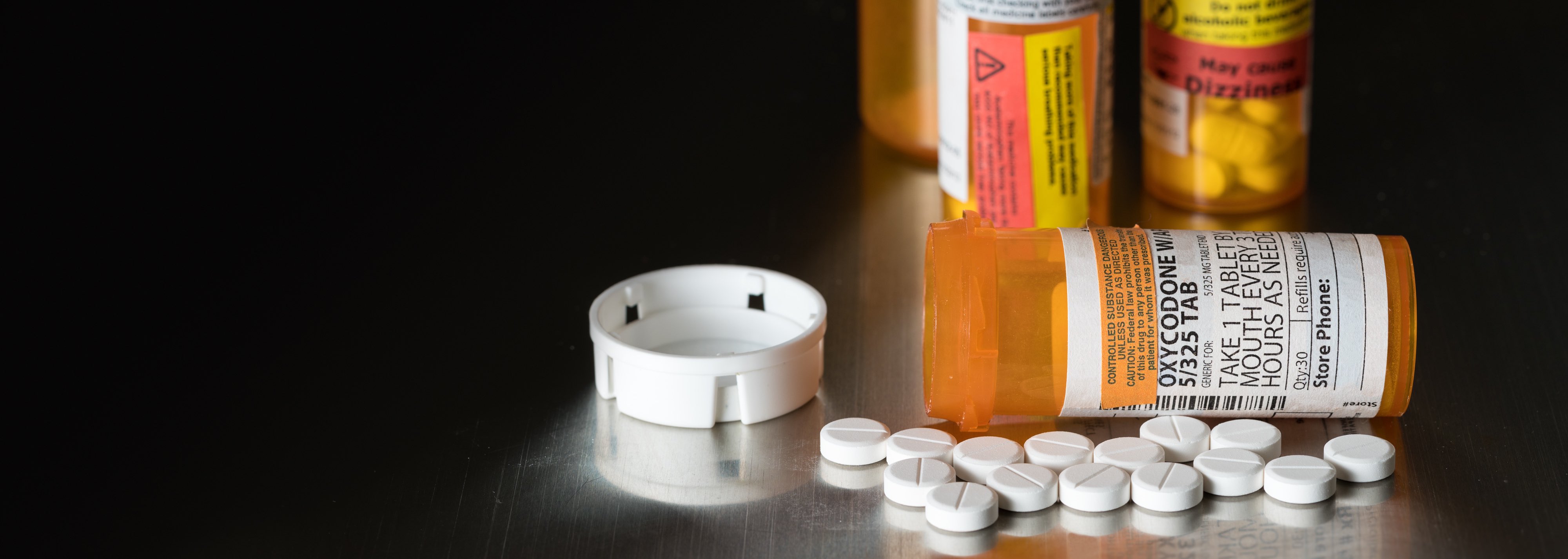
An Epidemic
A serious health crisis has swept the United States. It is important that you learn how to protect yourself and your friends and family.
This growing epidemic is opioid addiction. You may have seen the headlines, news stories, and pictures of people passed out in cars and on streets. The opioid addiction rate in the United States is growing and so is the rate of overdoses and deaths due to opioid abuse. The number of prescription opioids dispensed by pharmacies since 1999 has more than quadrupled, and more than 60% of drug overdose deaths are related to opioid use. As a result, the number of babies born addicted to opioids is steadily rising, and life expectancy in the U.S. is in decline for the first time in more than a generation.
What are Opioids
Opioids are not always illegal. Because opioids are used for pain management, thousands of prescriptions for legal opioids are filled every day. These include the drugs OxyContin and Vicodin.
But there are illegal opioids too such as heroin. Plus, prescription opioids are made, sold, and used illegally as well.
It is most common for patients to be prescribed an opioid to manage pain following surgery, then to develop dependence or an addiction. Opioid use in the United States differs dramatically from drug use in other countries. Eighty percent of the world's opioid use is in the United States, even though we have only 4.6% of the global population.
Opioids work by attaching to opiate sensors in your brain, spinal cord, and gastrointestinal tract. Your body produces opiates on its own, but not enough to keep you from feeling the pain of a broken leg. Your body quickly becomes used to the higher amount of opioid and needs more and more to get the same result. If you do not take the opioid, you may not feel well until your body gets used to not having the the high levels of opiates in the system.
Dependence and Addiction
You may not realize opioid addiction is a medical condition, not just a poor lifestyle choice. Because the body quickly becomes dependent on opioids, it is easy to develop an addiction while taking opioids for legitimate reasons.
The pain and discomfort of withdrawal symptoms is a primary reason so many people continue to take opioids.
The initial withdrawal symptoms include:
muscle aches
anxiety
sweating
insomnia
yawning
After the initial few hours, symptoms worsen for several days and can include:
diarrhea
abdominal cramping
nausea and vomiting
dilated pupils
rapid heartbeat
high blood pressure
Help for Addicts
The CDC has identified treatment for addicts as one of the keys to ending this current epidemic. Medication Assisted Treatment (MAT) is one of the primary ways addicts can end their addiction. MAT combines the use of prescription medications like methadone or buprenorphine with counseling and behavioral therapies. Going to a residential treatment center may be necessary.
Because treatment often requires prescription medication and other medical treatment, the uninsured and underinsured may resist seeking help. It's important to know that there is help even if you do not have insurance that will cover your treatment.
Look for a treatment center that offers payment plans or sliding scale fees based on your income. Use a free RefillWise card to afford Naloxene HCL, which is in rescue injectors, or to instantly save on prescription cessation aids including methadone and buprenorphine. And talk to your doctors. They are in a position to help connect you to recovery resources, therapists, and treatment facilities.



 Back to blog home
Back to blog home